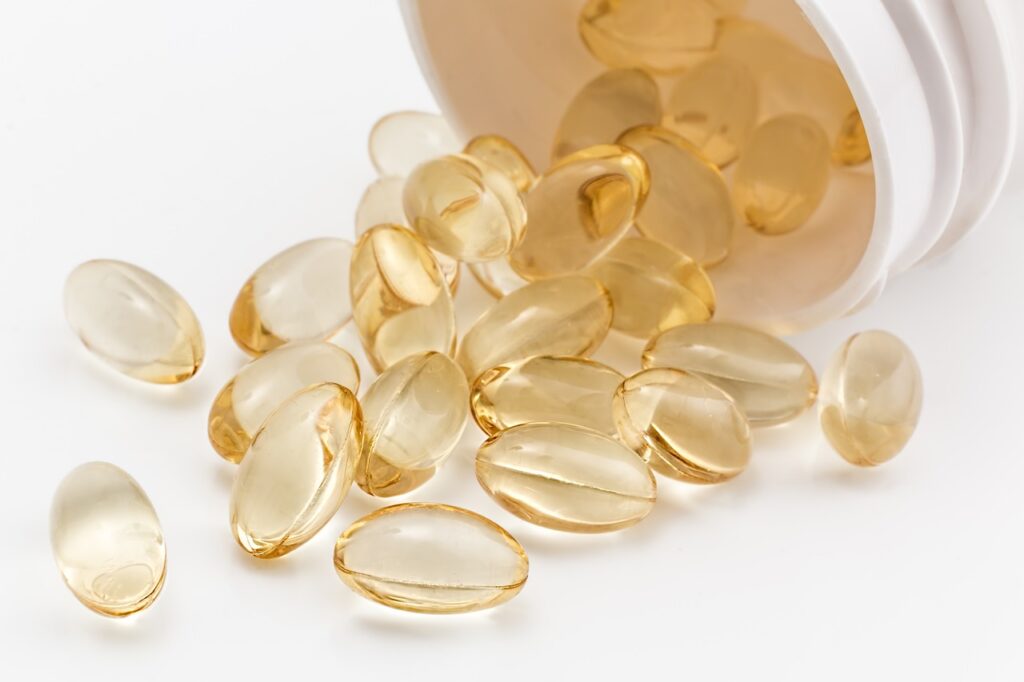Chromatography is a modern and sensitive techniques used for rapid and efficient separation or analysis of components of a mixture and purification of the compounds.
The name chromatography is based on the greek word Chroma meaning colour and graphy for writing because the method was 1st used for the separation of coloured substances found in plants. Chromatography is essentially a physical method of separation. It is defined as follows:-
“the technique of separating the components of a mixture in which separation is achieved by the differential movement of individual components through a stationary phase under the influence of a mobile phase”.
Based on the principle involved chromatography is classified as
(a)Adsorption (i) Column chromatography
chromatography – (ii) Thin layer chromatography (TLC)
(b) Partition chromatography – Paper chromatography

(a) Adsorption Chromatography:-
Principle:- This method is based upon the differential adsorption of the various components of a mixture on a suitable adsorbent such as silica gel or alumina. Since some compounds are more strongly absorbed than the other, they will travel through the column at different rates and thus get separated.

(i) Column Chromatography:- Column chromatography involves separation of a mixture over a column of absorbent (stationary phase) packed in a glass tubes. The column is fitted with a stopcock at its lower end. The mixture adsorbed on adsorbent is placed on the top of the adsorbent column packed in a glass tube.
An appropriate element which is a liquid or a mixture of liquids is allowed to flow down the column slowly Depending upon the degree to which the compounds are adsorbed, complete separation takes place. The most readily absorbed substances are retained near the top and others come down to various distances in the column.
(ii) Thin Layer Chromatography (TLC):– This is also a type of adsorption chromatography. In this chromatography separation of components of a mixture is done over a thin layer of an adsorbent. Thin layer of adsorbent (silica gel or alumina) is spread over a glass sheet.
The plate is called as thin layer chromatography plate (TLC-plate). The solution containing different component is applied as a small spot at one end of plate. Now the plate is kept in solvent. The solvent moves up along with components of mixture.
The components depending on their degree of adsorption moves up to different distance resulting mixture. The components depending on their degree of adsorption moves up to different distance resulting in separation. The relative adsorption of components represented in terms of retention factor i.e., (Rf) value or retardation factor.
Rf = Distance moved by the substance from base line (X)
______________________________________________
Distance moved by the solvent from base line (y)
The spots of coloured compounds are visible on TLC plate due to their original colour. The spot of colourless compounds which are invisible to the eye but bit fluorescence can be detected by putting the plate under UV light.
Another detection technique is to place the plate in a covered jar containing a few crystals of iodine (I2). Spots of compounds which absorbe iodine will show up as brown spots. Sometimes an appropriate reagent may be sprayed on the plate. For example, Amino acids may be detected by spraying the plate with ninhydrin solution
(b) Partition chromatography – Paper chromatography:– This is special type of chromatography in which stationary and mobile both phases are liquid. Its common example is paper chromatography in which chromate graphic paper is used as adsorbent surface as TLC plate in thin layer chromatography paper is spotted by a mixture containing different components and then placed in a solvent which acts as mobile phase and rises up due to capillary action.
The paper selectively retains different components named as chromatogram. These chromatogram may be observed in ultraviolet light or by spraying suitable reagents.

Chromatography is a laboratory technique used to separate mixtures into their individual components based on their different interactions with a stationary phase and a mobile phase.
Main types of chromatography are
(i) Gas Chromatography (GC),
(ii) Liquid Chromatography (LC),
(iii) Thin-Layer Chromatography (TLC), and
(iv) Paper Chromatography.
Chromatography works by dissolving a mixture in a mobile phase (gas or liquid) and passing it through a stationary phase. The components of the mixture move at different rates, allowing them to be separated.
Stationary phase is a solid or liquid substance that remains fixed in place while the mobile phase carries the sample mixture through it. Different components of the mixture interact with the stationary phase to varying extents.
The mobile phase is the fluid (gas or liquid) that moves through the stationary phase, carrying the components of the mixture. The choice of mobile phase depends on the type of chromatography being used.
Chromatography is widely used in chemistry and biology for purifying compounds, identifying substances, testing for drugs, and analysing complex mixtures in industries like pharmaceuticals, food, and environmental science.